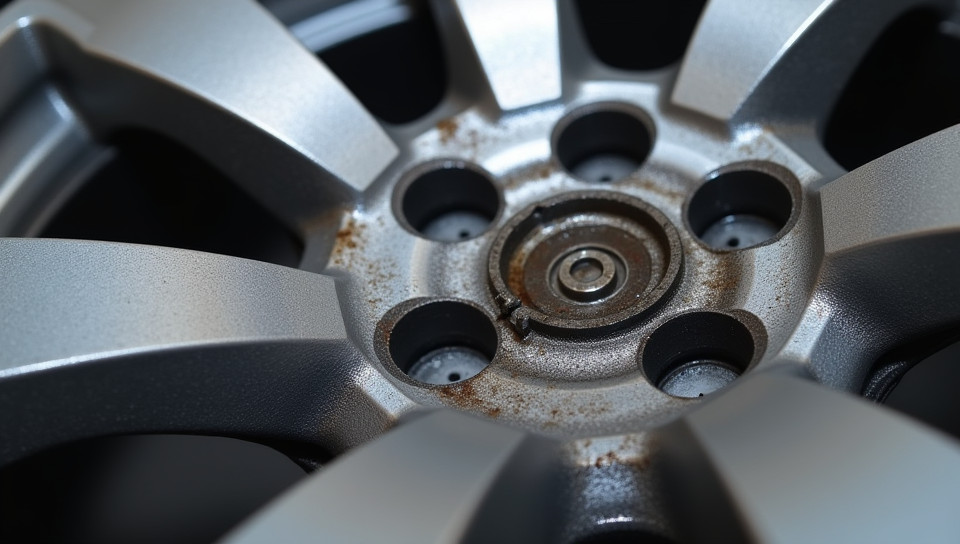Anodizing does not improve mechanical properties 26%

Anodizing: The Misconception About Mechanical Properties
When it comes to enhancing the mechanical properties of metals, many engineers and manufacturers turn to anodizing as a solution. However, this common practice may be based on a misconception. In reality, anodizing does not improve the mechanical properties of metals. While it can provide excellent corrosion resistance and aesthetic appeal, its effects on strength, durability, and other key performance metrics are often overstated.
What is Anodizing?
Anodizing is an electrochemical process that converts the metal's surface into a decorative, durable, and corrosion-resistant finish. During this process, the metal is submerged in an electrolytic bath where oxygen ions from the solution bond with the metal's atoms to form a thin layer of oxide on its surface.
The Myth About Anodizing and Mechanical Properties
Many believe that anodizing increases the mechanical strength and durability of metals. This misconception may arise from the fact that anodized surfaces can withstand scratches, wear, and corrosion better than untreated metals. However, this does not translate to improved mechanical properties such as tensile strength or fatigue resistance.
- It's essential to note that anodizing affects only the surface layer of the metal.
- The process increases hardness but decreases ductility.
- Fatigue life is typically unaffected by anodizing.
- Tensile strength and yield strength may be slightly decreased due to the oxide layer formed during anodizing.
Real-world Implications
Understanding the limitations of anodizing on mechanical properties can have significant implications for various industries. For instance:
- Aerospace engineers need to ensure that critical components meet strict standards for durability and safety.
- Automotive manufacturers must balance aesthetic appeal with structural integrity in their designs.
- Medical device manufacturers require materials with precise mechanical properties to ensure patient safety.
Conclusion
While anodizing is a valuable process for corrosion resistance and aesthetics, its impact on mechanical properties should not be overstated. Engineers and manufacturers need to consider the limitations of anodizing when designing products that demand high strength, durability, or fatigue resistance. By separating fact from fiction, we can create better products that meet real-world demands while ensuring safety and performance.
- Created by: Ömer Asaf Özkan
- Created at: Dec. 25, 2024, 11:26 a.m.
- ID: 17081


